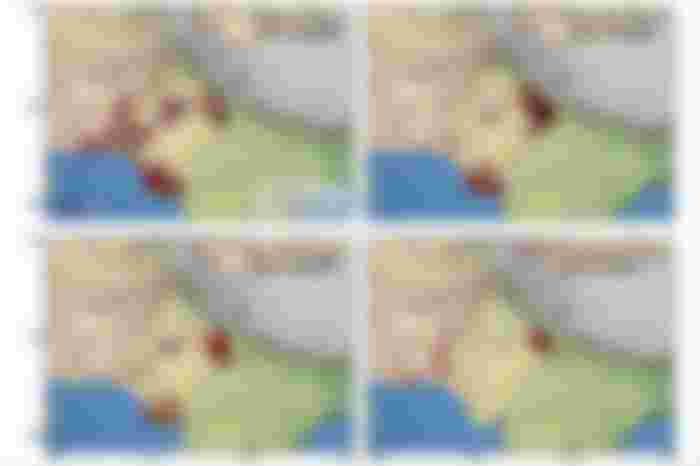
There are competing hypotheses around the decline of the Indus Valley Civilization in South Asia some 3,000 years ago, but a new mathematical proof has identified that climate change could have been responsible.
Mathematical scientist Nishant Malik from the Rochester Institute of Technology crunched the numbers and found new evidence to back up the idea that shifting monsoon seasons and increasing drought might have helped bring about the collapse of the Bronze Age empire.
By analysing the presence of a particular isotope in stalagmites in a North Indian cave – which should reveal the amount of water that fell as rain over time – scientists have previously been able to estimate monsoon rainfall in the region over the past 5,700 years.
In the new research, Malik was able to identify patterns in this data showing a major shift in monsoon patterns as the civilization began to rise, and then a reverse shift that matched its decline.
"Usually the data we get when analysing palaeoclimate is a short time series with noise and uncertainty in it," says Malik.
"As far as mathematics and climate is concerned, the tool we use very often in understanding climate and weather is dynamical systems. But dynamical systems theory is harder to apply to palaeoclimate data.
"This new method can find transitions in the most challenging time series, including palaeoclimate, which are short, have some amount of uncertainty, and have noise in them."
What Malik is particularly interested in here is dynamical regime transition, where rare events suddenly become more likely. This has applications across physics, biology, and economics, from changes in precipitation patterns to the stock market.
Mixing parts of this dynamical theorytogether with elements of algorithm-based machine learning and information theory, Malik was able to artificially fill in some of the gaps in the record, as well as calculate the probability of patterns that otherwise wouldn't have shown up in standard graphs.
Settlements of the Indus Valley Civilization over time. (Rochester Institute of Technology)
As Malik says, this is a good fit for digging into past climate data, where there are often big gaps in estimates about statistics such as rainfall. In the case of the stalagmite record, for example, they only really mark the summer monsoon season every five years.
The Indus Valley Civilization – sometimes known as the Harappan Civilization, named after the first of its sites to be excavated by archaeologists – was one of the three early civilizations in the north-western part of South Asia, alongside ancient Egypt and Mesopotamia.
It's thought that settlements up the Indus river stretched for some 1,500 kilometres (932 miles) when the civilization was at its peak, with some of its cities perhaps reaching as many as 60,000 inhabitants.
Now, through a clever application of mathematics, we're more sure than ever that it was climate change – rather than earthquakes or war as other experts have suggested – that caused the Indus Valley people to disperse to new areas

☆Assalamu alaikum. How are you? I have subscribed and commented your profile. You back subscribe and visit my profile ☆ As far as mathematics and climate is concerned, the tool we use very often in understanding climate and weather is dynamical systems. But dynamical systems theory is harder to apply to palaeoclimate data.
"This new method can find transitions in the most challenging time series, including palaeoclimate, which are short, have some amount of uncertainty, and have noise in them."